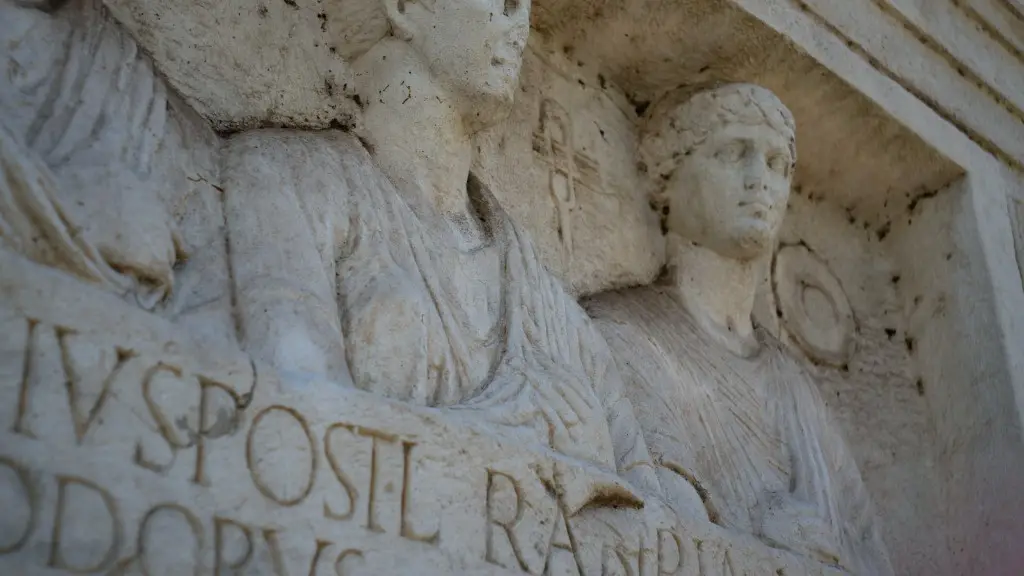Firefighters have a long and distinguished history worldwide. From ancient times, people worked to put out fires with the resources available. In Ancient Rome, firefighters, or ‘Vigiles Urbani’, were a group of officials who protected the city from fires, riots and burglaries.
The Vigiles Urbani were formed by Augustus in 24 BC. He chose seven hundred of the most capable and trustworthy freedmen, loyal to him and the Roman Empire, as the first firefighters. Over the centuries, the duties of these men changed enormously. Initially they were distinguished by a red cloak they wore while they were on duty and were expected to patrol the city and prevent and extinguish fires or any criminal or anti-Imperial activity.
In addition to their firefighting activities, the Vigiles Urbani were charged with the maintenance of law and order, responding to riots and keeping the peace in the city. They were also responsible for extinguishing riots, apprehending criminals and confiscating stolen property. They even monitored the city’s water supply.
The Vigiles Urbani also held other functions within the Roman Empire. In addition to their role as firefighters, they also acted as a communication network between the different parts of the empire and could be sent on special missions from the emperor to investigate, report or carry out other tasks.
The Vigiles Urbani were highly regarded within the Roman Empire and, despite their important role as firefighters, they were subject to a number of privileges and perks. The most senior members were exempt from certain taxation and were allowed generous periods of leave. Furthermore, they were also paid fair wages and could retire at a relatively young age after a distinguished career.
The Vigiles Urbani remain a key part of Roman history, with many of their traditions still followed today. Modern firefighters owe a lot to the legacy of this group of dedicated professionals.
Firefighting Protocol
The Vigiles Urbani adhered to a strict set of protocols and procedures in their firefighting duties. They would identify and categorize fires according to size, directing more resources to the more serious ones. They would also form teams to tackle the different types of fires and take command to coordinate the efforts of their team.
In addition, the Vigiles Urbani would also practice preventive measures. In order to reduce the likelihood of fires starting, they inspected the city’s buildings and structures looking for structural defects and other fire risks. Furthermore, they would also regularly patrol the streets of Rome and its suburbs looking for any suspicious activities which could indicate a fire risk.
Equipment
The Vigiles Urbani had a wide range of equipment they could use in their duties, ranging from basic tools such as buckets and ladders to more sophisticated equipment such as fire engines and pumps.
They used buckets to collect and throw water onto the fire, ladders to reach higher stories, and axes and shovels to break through walls and get to the source of the fire. They also had a range of bladed weapons to attack the fire from the ground and ropes to lower themselves and their equipment to different levels of the building.
The Vigiles Urbani also had access to more advanced technology. They used fire extinguishers to put out localized fires, fire engines to pump water to the site of the fire, and pumps to draw water from rivers, ponds, or cisterns.
Community Involvement
The Vigiles Urbani were also engaged in many activities beyond their firefighting duties. As well as maintaining the roads and tending to public works, they would also help out the local community.
They provided assistance to those who were injured in fires and helped to evacuate people from their homes during emergencies. They were also involved in the organization of public events, such as parades and sporting events, to keep spirits high and spread good cheer throughout the city.
Training
The Vigiles Urbani received extensive training in their duties. Training is essential for any group of professionals, and this was even more so in the case of the Vigiles Urbani.
In order to ensure the safety of the population, the Vigiles Urbani would be trained in the proper use of their equipment and the tactics used to extinguish fires. They would practice fighting fires with wooden props that simulated buildings and burning materials, enabling them to hone their skills and perfect their techniques.
In addition to their practical training, the Vigiles Urbani also received theoretical lessons in their roles and duties. They were taught to work as a team and respond to orders efficiently. This ensured that they were well-prepared to handle the dangerous situations they could face.
Laws and Regulations
In order to protect the city, the laws and regulations regarding fires imposed by the Vigiles Urbani were strict. If a fire broke out and the Vigiles Urbani determined that it was caused through negligence, the guilty party could be heavily fined or even imprisoned.
Furthermore, anyone found guilty of setting a fire on purpose could face execution, in order to serve as an example to the rest of society.This set the precedent for many of the current fire safety laws and regulations that exist today, with the main focus being on preventing fires through education, awareness and proper regulation.
Legacy
Today, the Vigiles Urbani remain an important part of Roman history and their legacy lives on in many of the fire-safety measures we have today. The Vigiles Urbani dedicated their lives to the protection of the public and Rome, and their commitment to firefighting will inspire future generations for many years to come.
Conclusion
The Vigiles Urbani were an important part of Ancient Rome’s history. They were responsible for extinguishing fires, maintaining law and order, and providing assistance to those in need. Their legacy lives on in the fire safety laws and regulations that exist today and the high standards of professionalism that modern firefighters strive for. The Vigiles Urbani will remain an important part of Roman history and an inspiring example for future generations.

